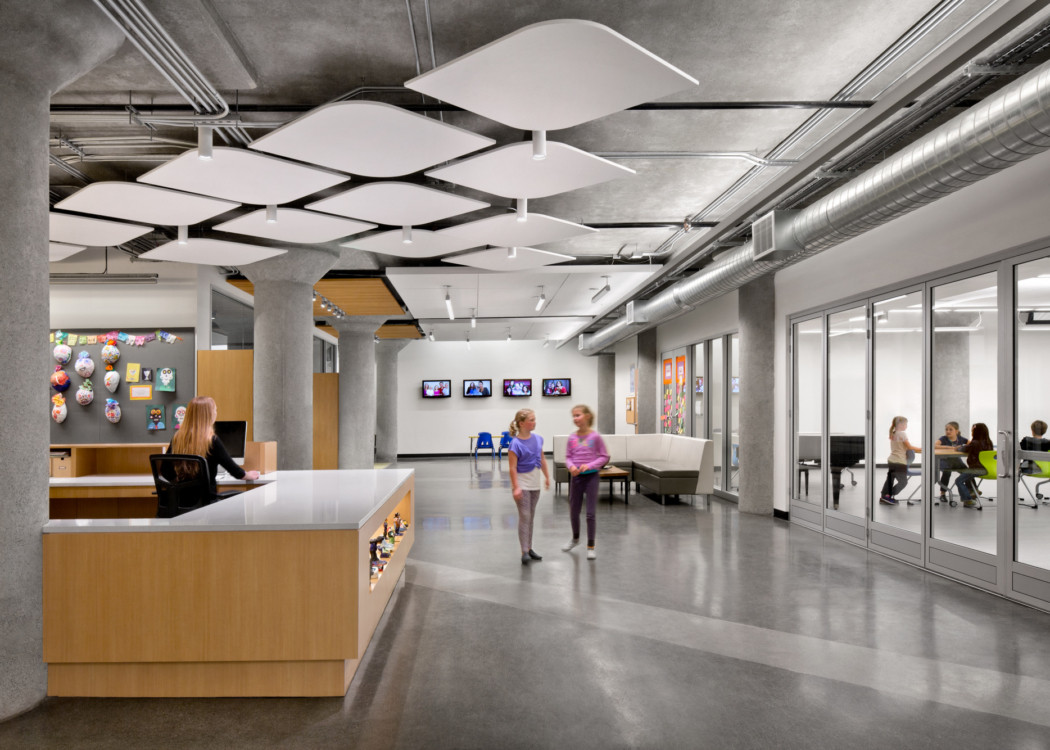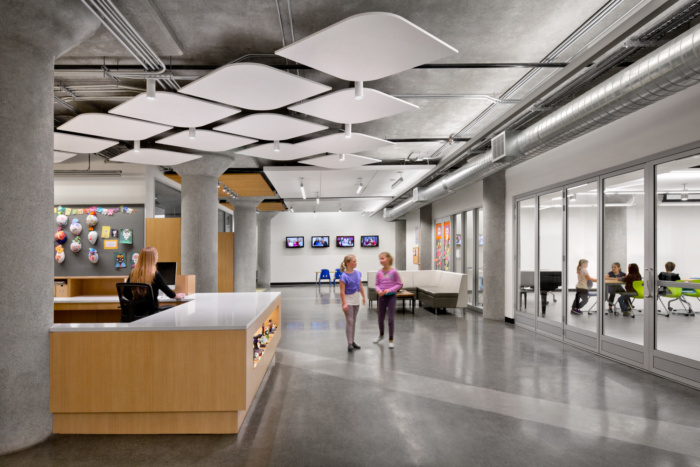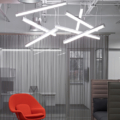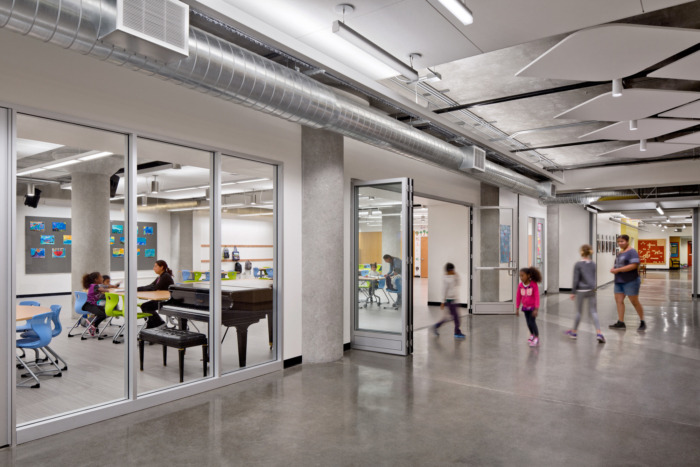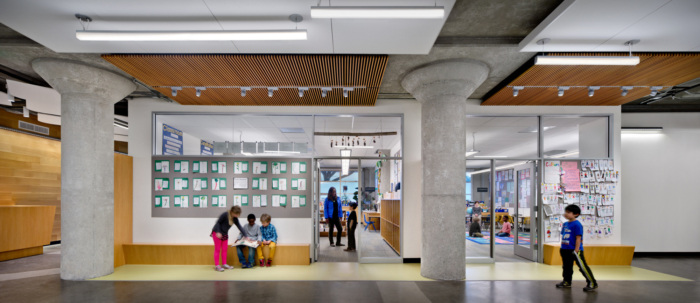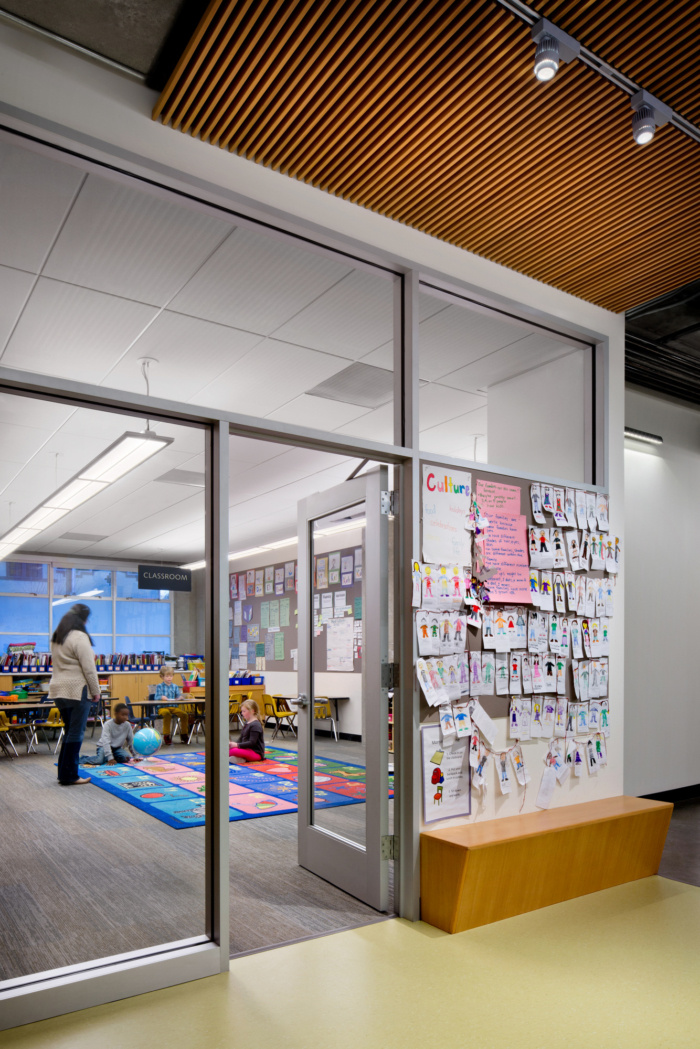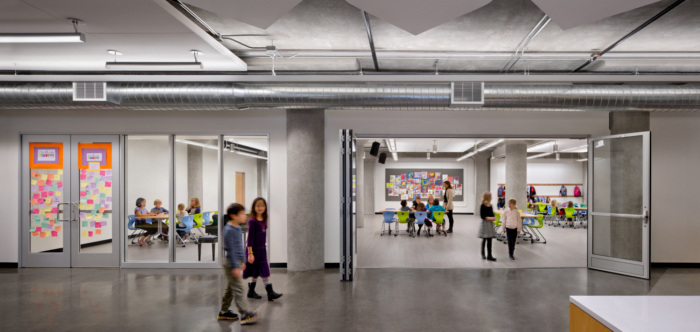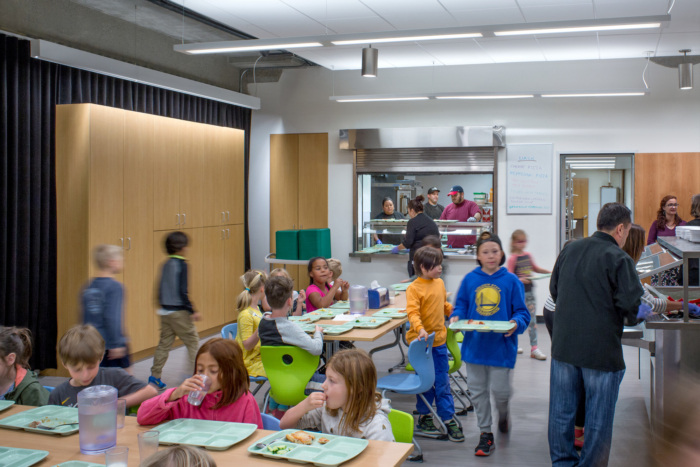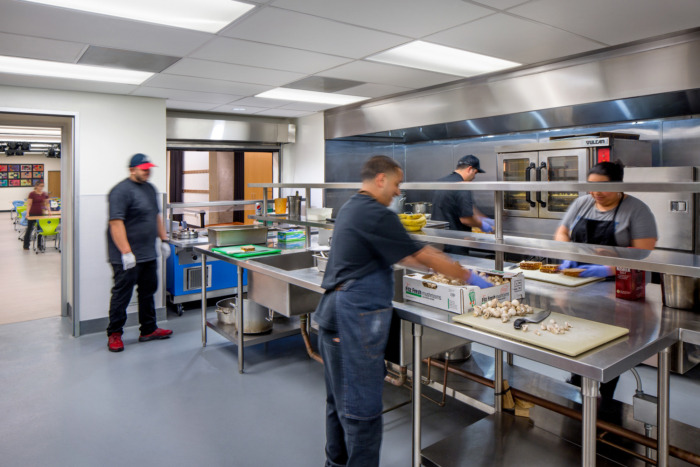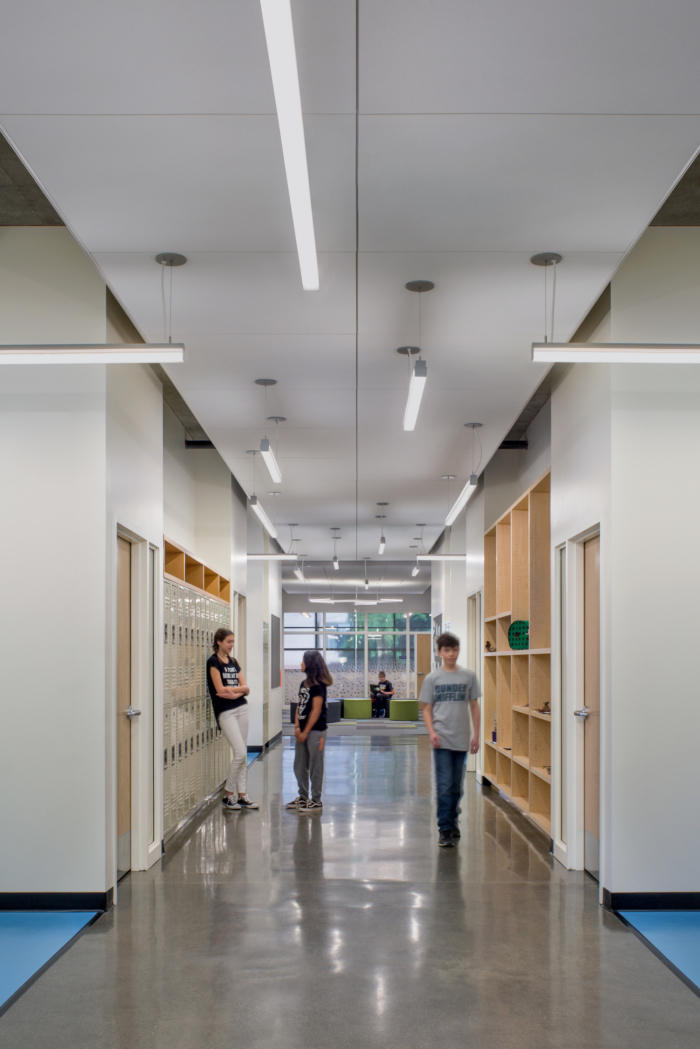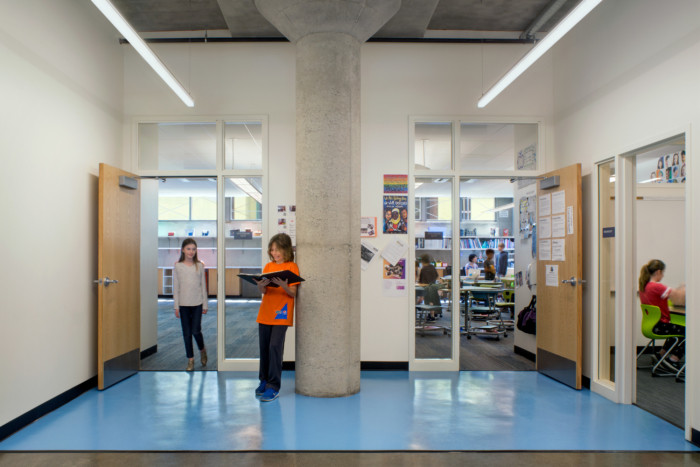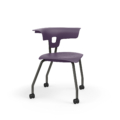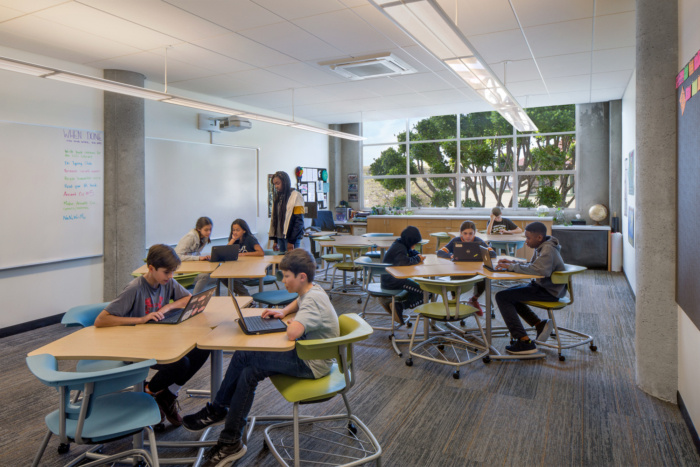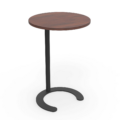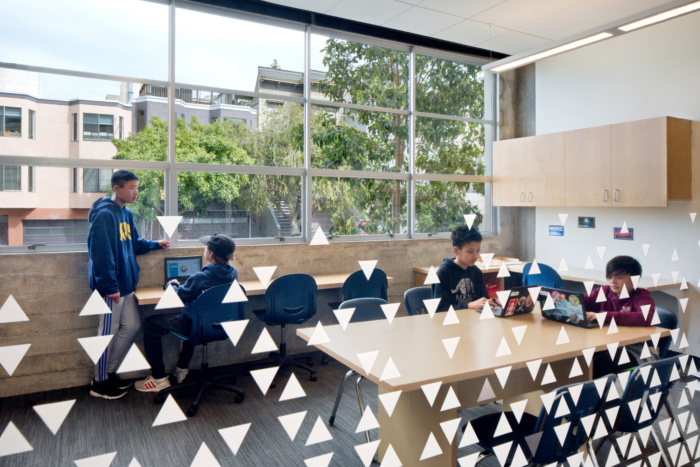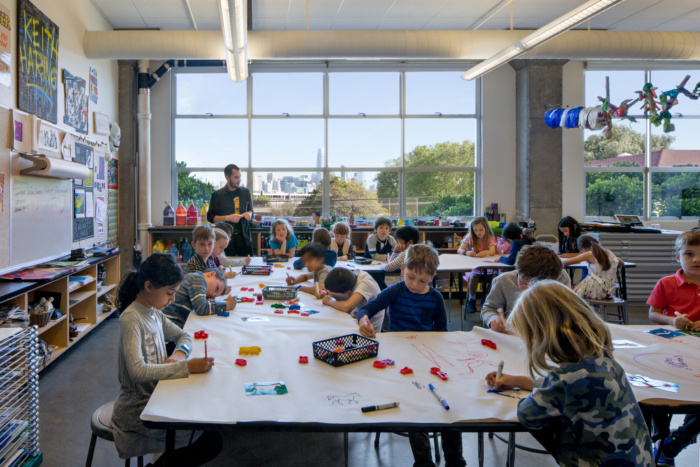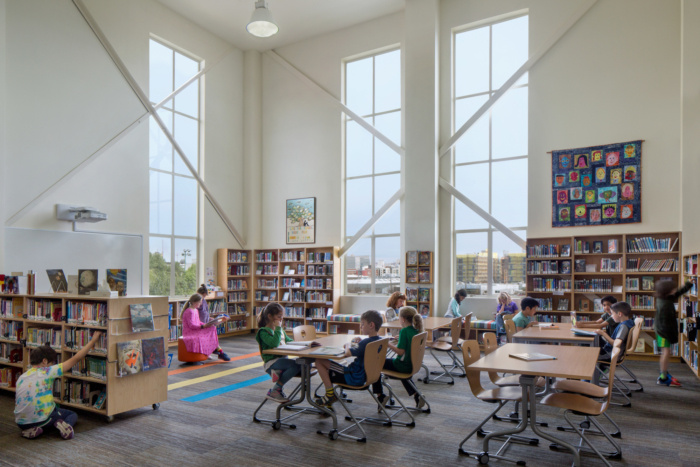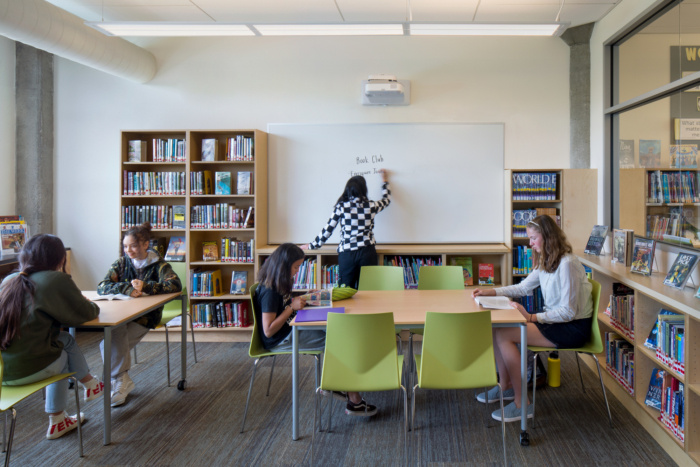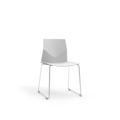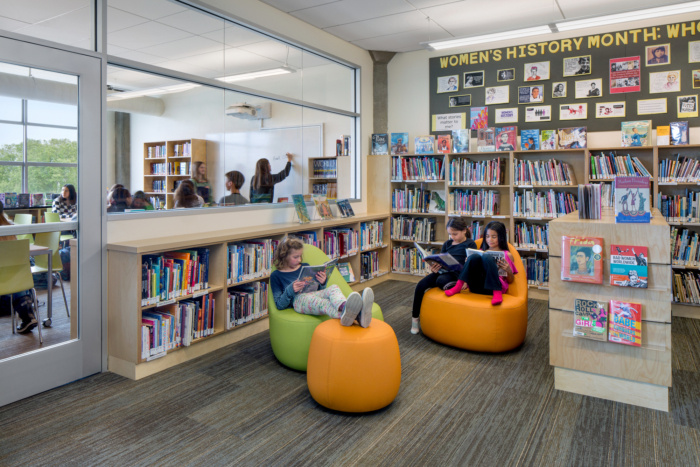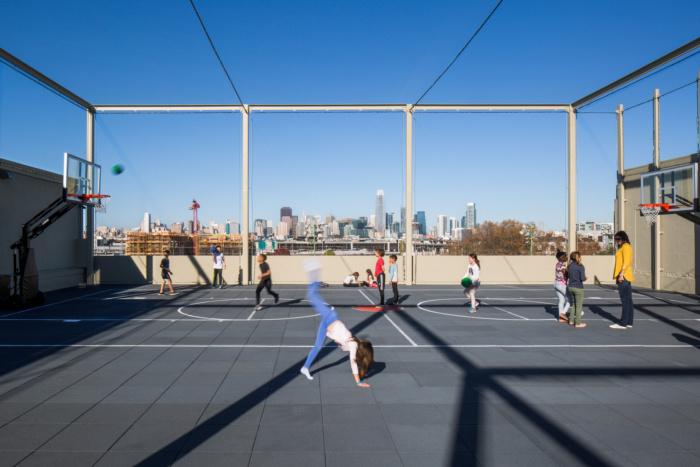Live Oak School
TEF Design was tasked with expanding the Live Oak School to meet the demands for progressive education in the Potrero Hill neighborhood of San Francisco, California.
Completed in four phases over eight years, the expansion of Live Oak School within a former Hills Bros. Coffee plant was designed to support the school’s vision of growth and strengthen its distinctive curriculum.
Located in the rapidly growing Potrero Hill neighborhood, the K-to-8th-grade school is known for its progressive approach, supporting students with different learning abilities and providing individualized instruction. Strong demand led to the decision in 2013 to expand from one class per grade to two in the lower school and from 35 to 50 students in the middle school.
Development was carefully phased to support the school’s funding program and minimize impacts to the academic year. The first two phases comprised renovations to the first level, including two new first-grade classrooms, administrative spaces, and a new secure entry, as well as relocation of the multiuse Grand Hall, which functions as a cafeteria, assembly space, performance venue, and afterschool center. The existing Grand Hall had not been able to accommodate the increased capacity or provide for hot lunch service. In its new, larger location, adjacent to the drama classroom, the Grand Hall includes a full-service commercial kitchen that supports a new food service program with hot lunch. Two movable partitions—a glass NanaWall and an opaque partition—allow the Grand Hall to host multiple functions at the same time.
TEF created an area in front of each of the two new first-grade classrooms that features special flooring and ceiling materials, a bench, and a pin-up wall to display student’s work, with focused lighting. These areas are modeled after California’s ecotones, transitional areas between redwood forests and open meadows, places rich with flora and fauna.
The third phase expanded the second floor, including 10 new middle-school classrooms and casual learning/teaching spaces that foster informal learning by enabling students to meet outside of a traditional classroom setting. By relocating the central stairwell connecting all three floors, the design established an uninterrupted circulation spine with clear sightlines from one end of the building to the other. A new middle school “hub” on the east end of the building provides teens with an academic living room and social space that anchors the middle school and encourages a sense of identity and camaraderie for them. The hub is surrounded by flexible modules of classrooms with breakout spaces and the “Brainery,” a classroom and a student workspace where students can obtain tutoring and individualized academic counseling, guidance, and mentoring. This phase also involved expansion of the library and the art and music rooms.
Because the design celebrates the original building’s concrete structure, TEF specified Armstrong SoundScapes Shapes acoustical clouds to absorb sound in the main public spaces.
The final phase of work added a new rooftop play yard with a stunning view of downtown San Francisco. The scope of work for the entire project included seismic strengthening, new fire/life safety systems, access compliance, and new gender-neutral restrooms.
Architect: TEF Design
Photography: David Wakely

